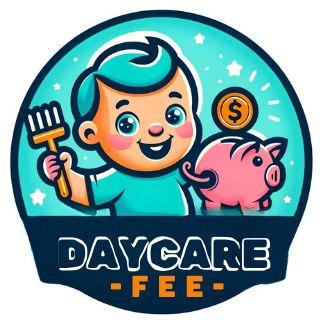Finding a safe daycare for your child involves thorough research and understanding of what safety measures should be in place. Here’s a comprehensive guide to help you navigate the process and ensure the daycare you choose provides a secure and nurturing environment for your little one.
Table of Contents

Step 1: Research and Licensing
- Start with Licensed Facilities: Ensure the daycare is licensed, adhering to local regulations and standards. Licensing assures that the facility meets basic safety and care standards.
Step 2: Visit and Observe
- Conduct Visits: Schedule visits to potential daycares to observe and assess. Pay attention to the cleanliness, the behavior of daycare staff with children, and the overall environment.
- Staff Background and Training: Verify that all staff have undergone thorough background checks and are trained in pediatric first aid and CPR.
- Staff-to-Child Ratio: A healthy staff-to-child ratio is crucial for personalized care and supervision. This ensures your child receives the attention they need.
Step 3: Safety Measures
Indoor Safety
- Electrical Safety: Check for covered outlets and secured wires to prevent electrical shocks.
- Safe Play Areas: Play areas should be free from sharp edges and choking hazards, with soft flooring to cushion falls.
- Fire Safety: Look for smoke detectors, fire extinguishers, and clear fire escape routes.
Outdoor Safety
- Secure Playgrounds: Outdoor play areas should be securely fenced and equipped with safe, well-maintained playground equipment.
- Surveillance: Ensure there are security cameras or adequate staff supervision outdoors.
Step 4: Health and Nutrition
- Manage Allergies: Provide the daycare with a list of your child’s allergies and check their plan to manage them.
- Nutritious Meals: If the daycare provides meals, ensure they are balanced and nutritious.
Step 5: Risk Management
- Burglary and Security Measures: Adequate security measures like alarm systems and controlled access should be in place to prevent unauthorized entry.
- Pet Policy: If pets are present, ensure they are child-friendly and vaccinated.
- Natural Disaster Preparedness: The daycare should have a plan for natural disasters, including floods, and ideally not be located in a high-risk area.
Step 6: Communication and Policies
- Regular Updates: Arrange for the daycare to provide regular updates on your child’s day.
- Open Door Policy: An open-door policy for parents to visit and observe is crucial.
- Incident Reporting: Ensure there’s a clear process for documenting and reporting any incidents.
Final Considerations
In addition to these steps, trust your instincts. If something feels off about a daycare, it might not be the right fit for your family. Establishing a clear line of communication with daycare providers is key to ensuring your child’s safety and well-being. Remember, the goal is to find a daycare where your child can thrive in a secure, loving, and stimulating environment.
